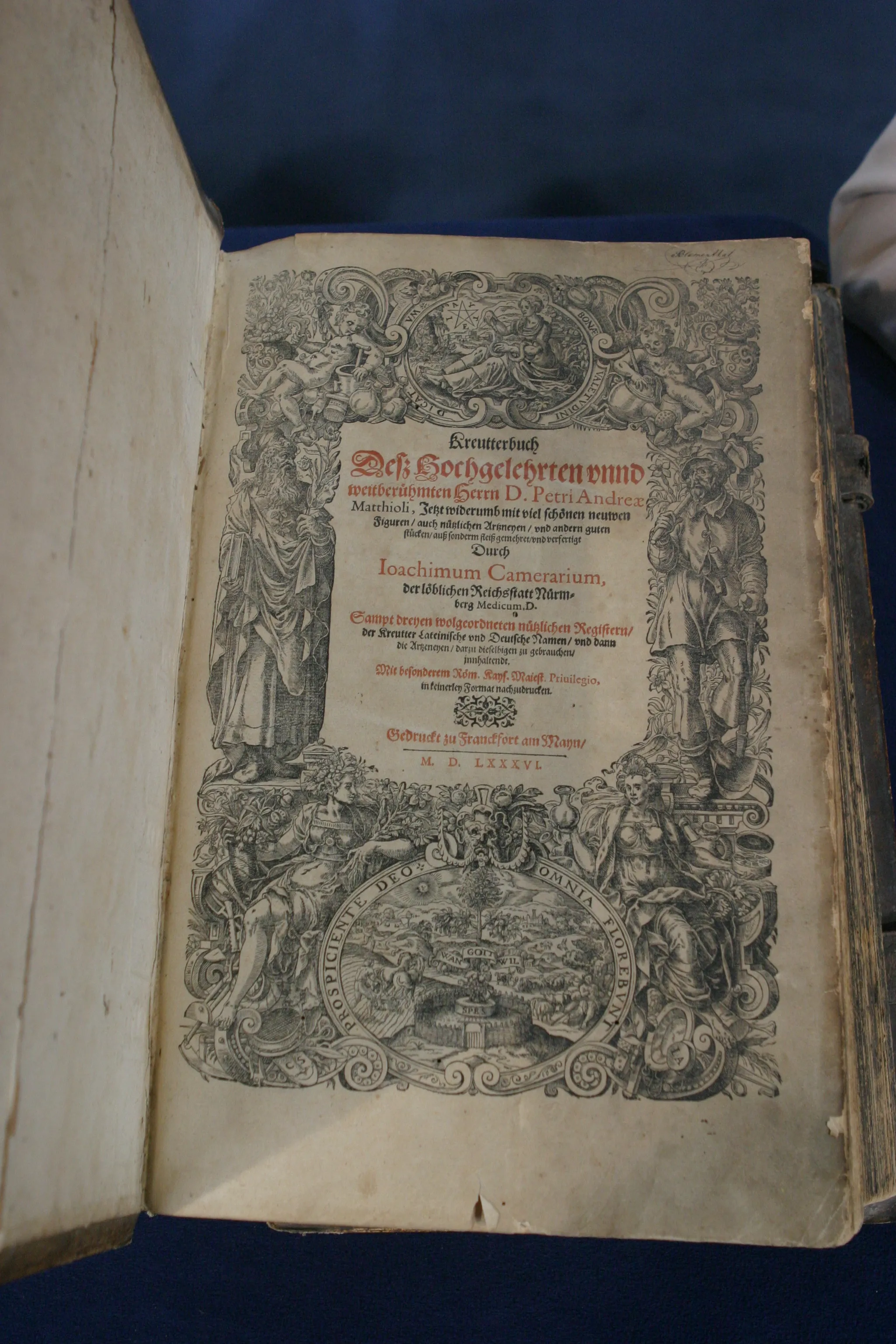Tony Walton "Mary Poppins" Design Sketch, ca. 1963
GUEST: My grandmother worked in a very small art studio in Baltimore, Maryland. She was very particular about the pieces of art that she had actually in her home. This was one of the pieces that she had in her sewing room, and it hung above her sewing machine. It was always a special piece for me because it reminded me of her, especially with sewing and the fabric. I know that it was taken from a particular sequence in the Mary Poppins movie. I didn't know exactly which sequence it was from until I actually looked on top, on the top of the, uh, the piece here, so...
APPRAISER: And so what we're, we're going to look at here is the Uncle Albert sequence that shows right there at the top. And that is one of my favorite sequences in the film, when they go and have a tea party.
GUEST: Yup.
APPRAISER: And as they laugh, they start to levitate and float in the air.
GUEST: Yes.
APPRAISER: And of course, everything magical happens around Mary Poppins.
GUEST: Yes.
APPRAISER: We see other allusions to this in the, uh, writing that's on this, where it says "Two: one with wire, one regular, both for Julie," for Julie Andrews, and one for the double, because there would have been a stunt double for that scene.
GUEST: Mm-hmm.
APPRAISER: There's many, many, many sketches on the market.
GUEST: Yeah.
APPRAISER: Um, for every film, there would be sometimes hundreds of sketches made, depending upon the film.
GUEST: Wow.
APPRAISER: And so they're actually quite a common thing. What really distinguishes the best ones from the least valuable ones are, what film is it from...
GUEST: Mm-hmm. Yeah.
APPRAISER: ...who's the character, and how beloved is it? Can it be identifiable? And also, is it really a production-made sketch?
GUEST: Mm-hmm, mm-hmm.
APPRAISER: This one absolutely is production-made.
GUEST: Wow.
APPRAISER: And we know that because of all the information that's on it.
GUEST: Mm-hmm.
APPRAISER: You don't put these things on a sketch if it was just done to, to draw and present to someone.
GUEST: Mm-hmm.
APPRAISER: That's what we often see as later presentation drawings. The person who designed the costume for Mary Poppins was actually Julie Andrews' husband at the time.
GUEST: Oh, wow.
APPRAISER: They were high school sweethearts. His name was Tony Walton, and he had been doing some work in set design and for costume in the London stage. When Julie was approached by Disney about taking the role of Mary Poppins, she also asked if her husband, Tony Walton, would do the costume designs.
GUEST: Mm-hmm, okay.
APPRAISER: Um, because he had a particular knowledge of English fashion. And we see that right here where it says "T.W." That's Tony Walton signing off on this...
GUEST: Oh, wow.
APPRAISER: ...as the final design for this dress. We have the swatches of fabric over here. We have some, as it's called here, a "Harvard Crimson." And there's even a color, there's silk. And we have charcoal wool. And the drawing itself is accomplished with a brown ink with some charcoal. And it looks as though there's probably a little bit of watercolor. Mary Poppins came out in 1964. So it would have been in full production in 1963, for sure.
GUEST: Mm-hmm.
APPRAISER: We can't precisely date it, 'cause he hasn't said when he did this.
GUEST: Yeah.
APPRAISER: But it was most likely done in 1963. He was actually nominated for an Academy Award for his costume designs for this.
GUEST: Mm-hmm.
APPRAISER: He's won Tony Awards. He's, he's a pretty well-known and very celebrated designer. He's gone on to directing. He is still alive.
GUEST: Ah.
APPRAISER: And what's really interesting about this when I saw it is that none of these have ever come on the market.
GUEST: Hm.
APPRAISER: They don't exist.
GUEST: Yeah.
APPRAISER: They don't even exist really in the archives at Disney, because according to Tony Walton, who gave a lecture a number of years ago, he actually said that Walt Disney gave him permission to keep all of his sketches from the film. The only thing that's ever come up from the film were these early, brown-ink, loose kind of concept sketches of some of the designs he was thinking about for Mary Poppins.
GUEST: Okay.
APPRAISER: And those have sold in the market, one resold, they sell anywhere between $3,000, $4,500.
GUEST: Mm-hmm.
APPRAISER: This is firing on all cylinders.
GUEST: Wow.
APPRAISER: I almost jumped out of my skin when I saw this picture... (chuckles) ...because I was so excited. Um, I think if this came up now at auction...
GUEST: Mm-hmm.
APPRAISER: ...I would expect conservatively anywhere between $15,000 to $20,000.
GUEST: Wow. That's crazy. (laughs) And it just was amazing to me, because my grandmother, again, loved sewing and she loved art. And I'm so glad that you were able to find the information. That's great. (laughs)
APPRAISER: And we'll never know how she got it from him.
GUEST: I'll never know! I just know that she, she matted it and framed it. And, um, it was given to her.
APPRAISER: The carpetbag sold in 2010 for close to $110,000.
GUEST: Oh. Wow.

$15,000 - $20,000 Auction
Williamsburg, VA
Featured In
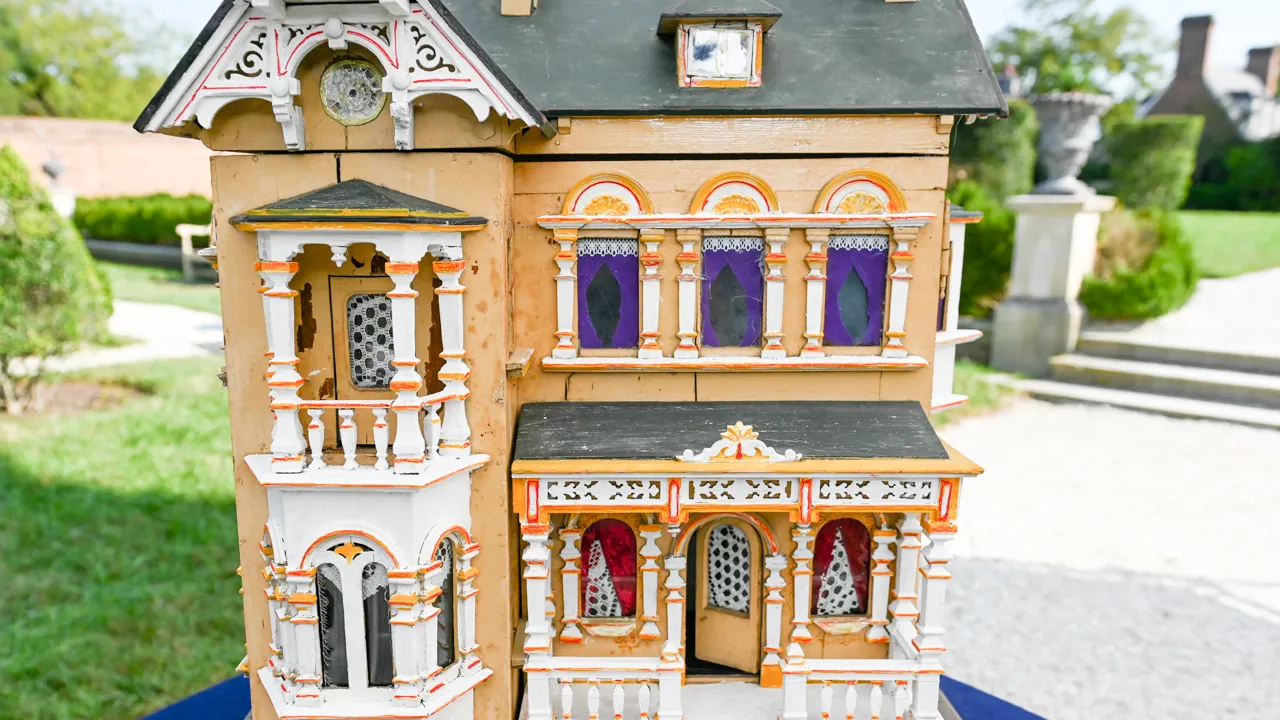
episode
Colonial Williamsburg, Hour 2
Discover more treasures from Colonial Williamsburg, including a $50K to $100K find!
Historical Artifacts
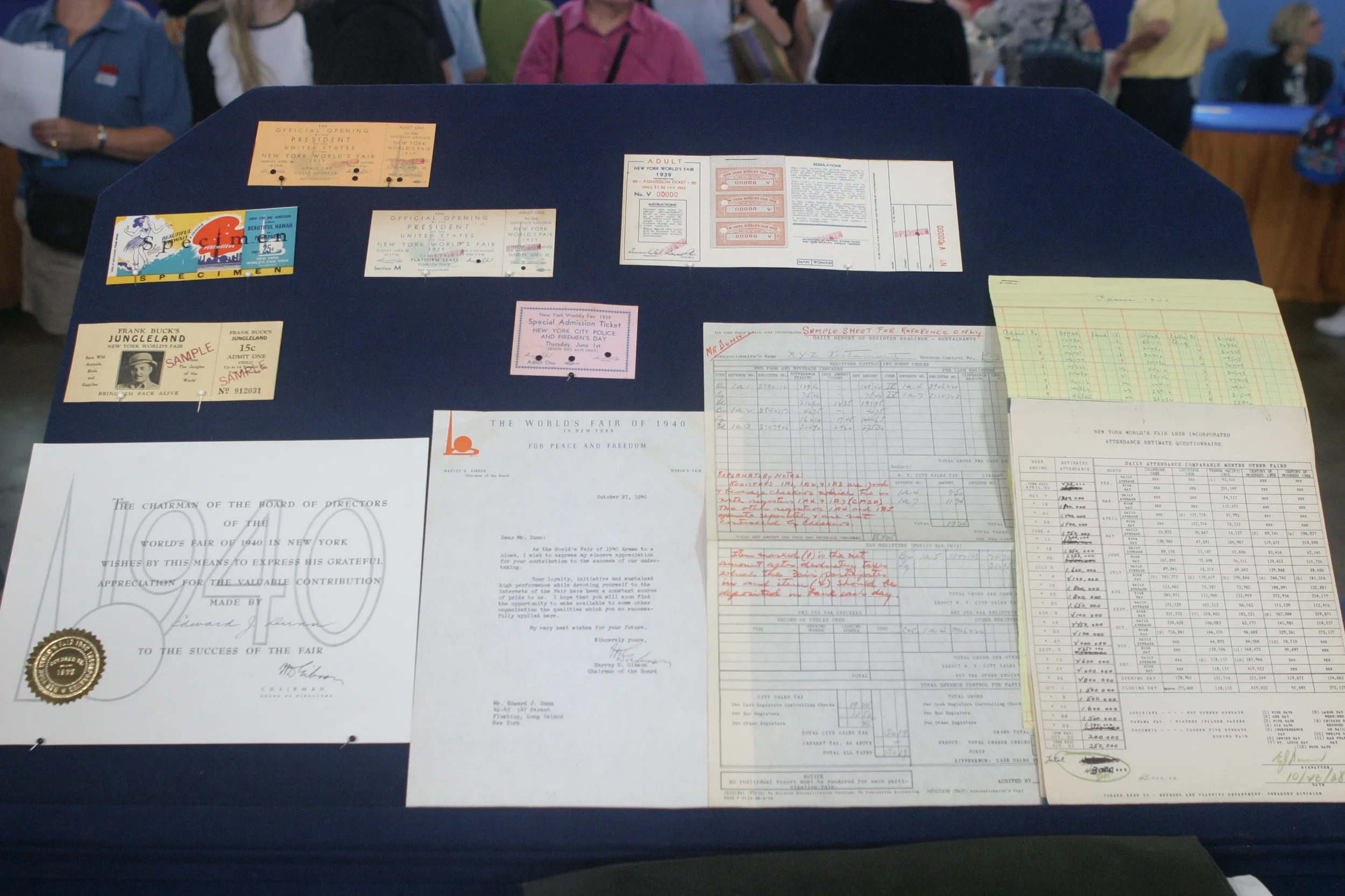
appraisal
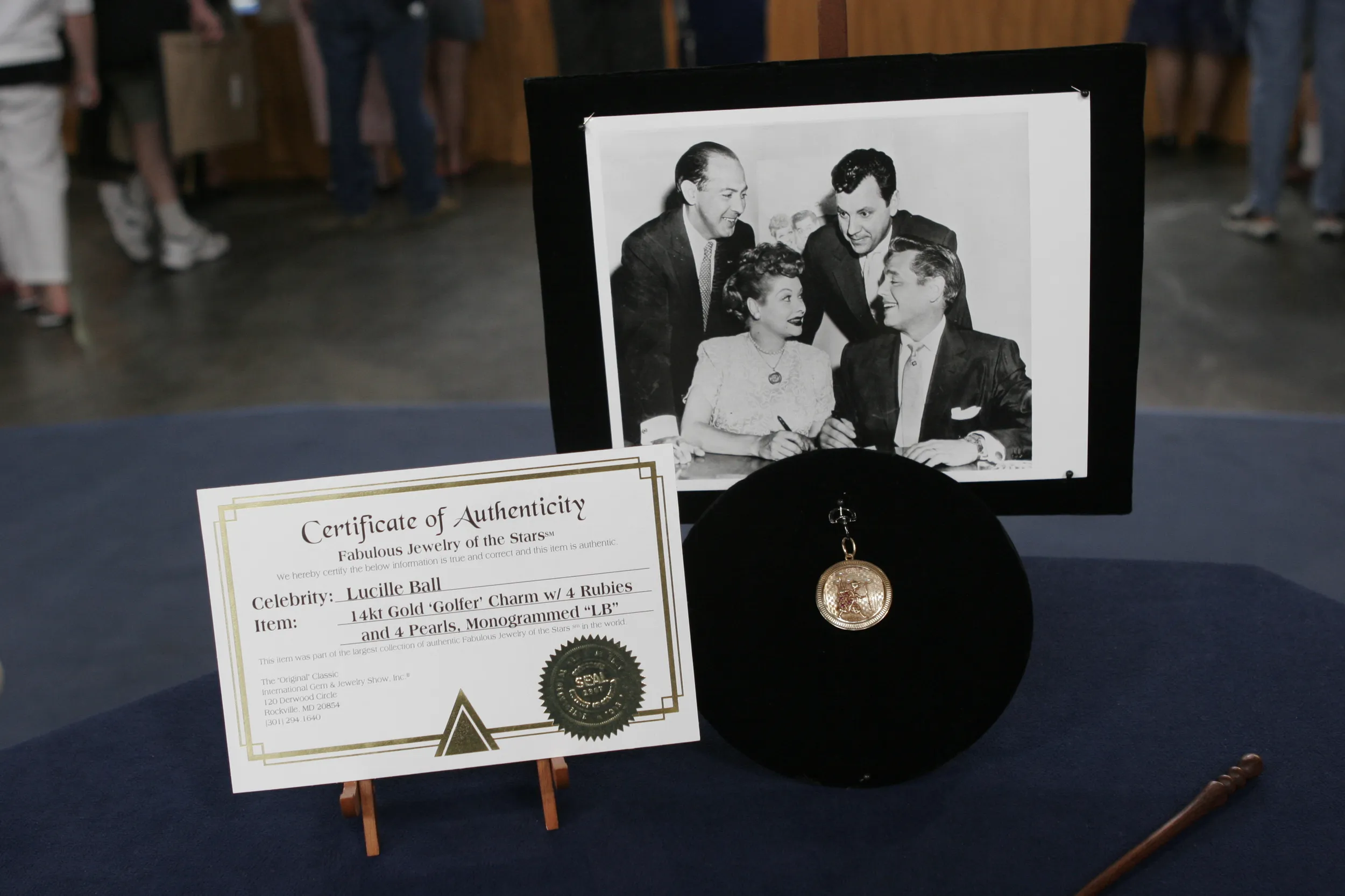
appraisal
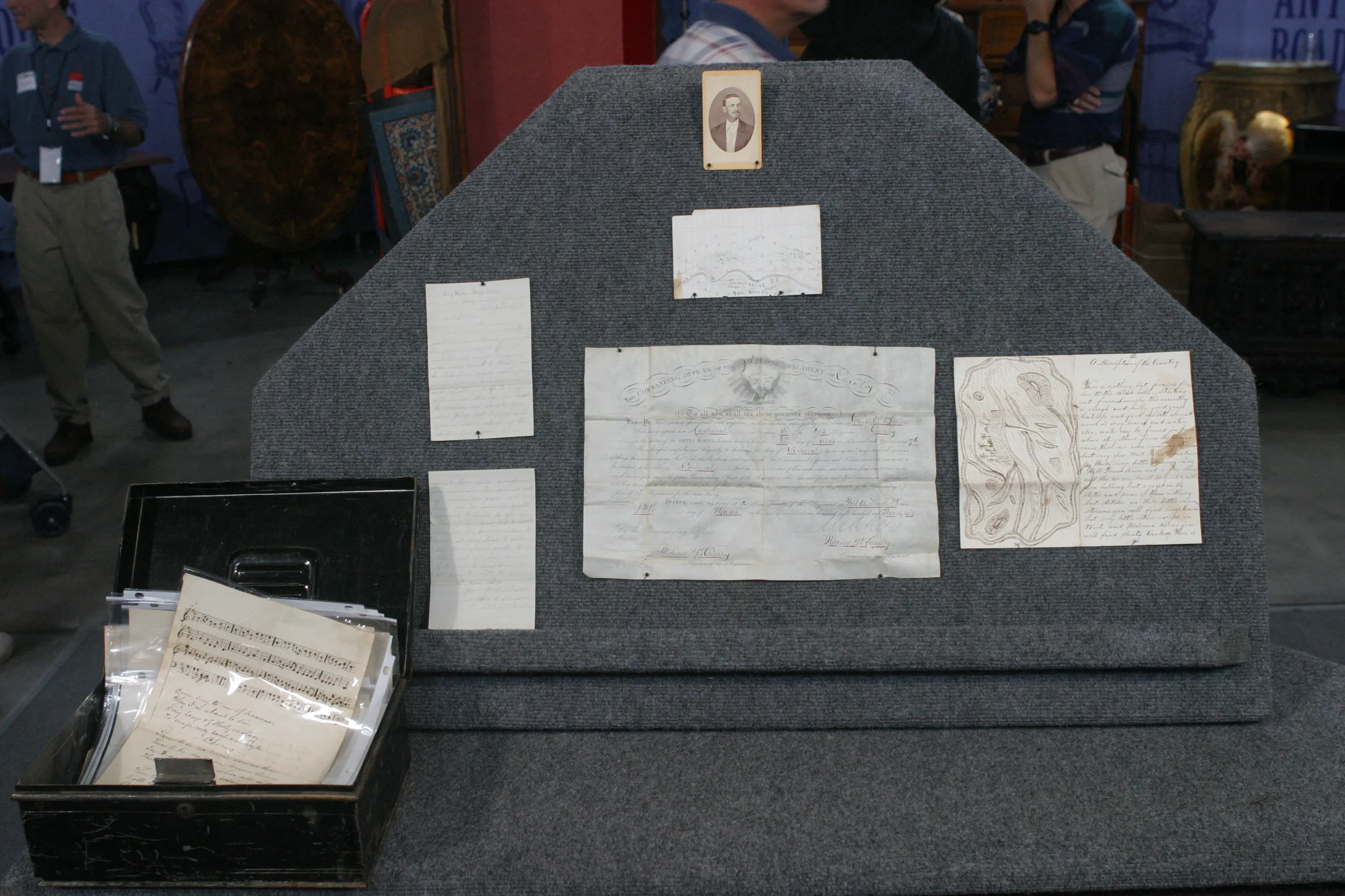
appraisal
Understanding Our Appraisals
Placeholder
